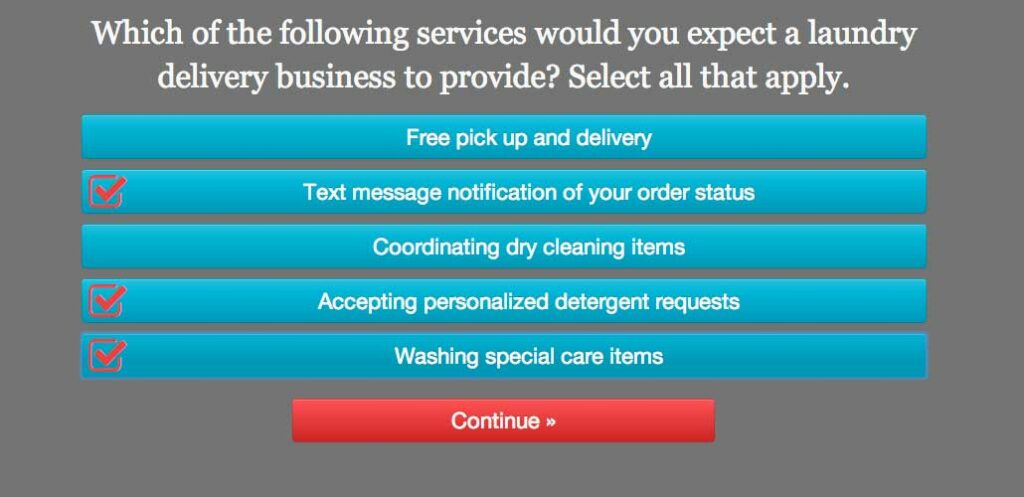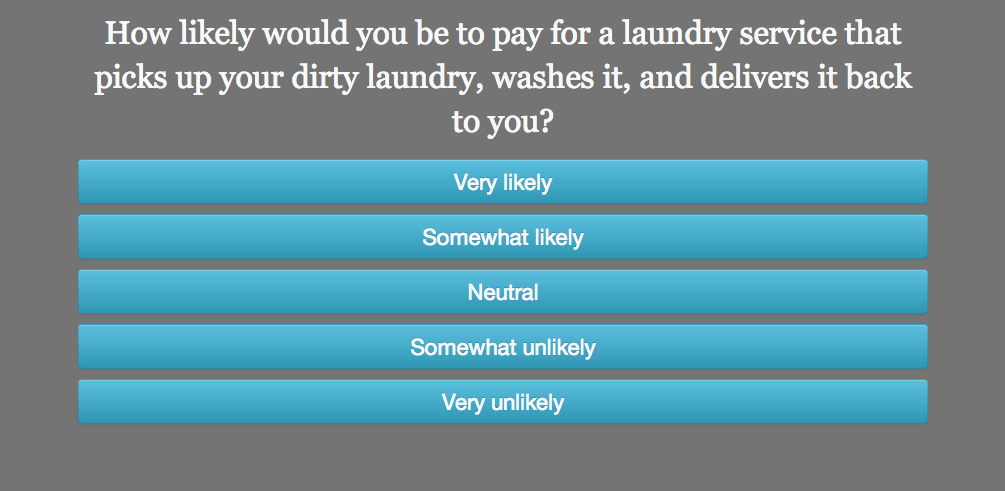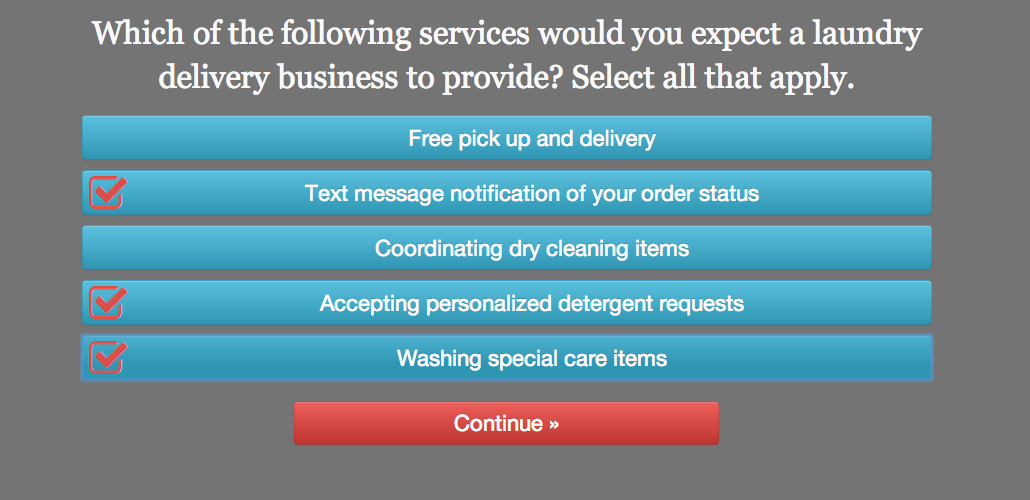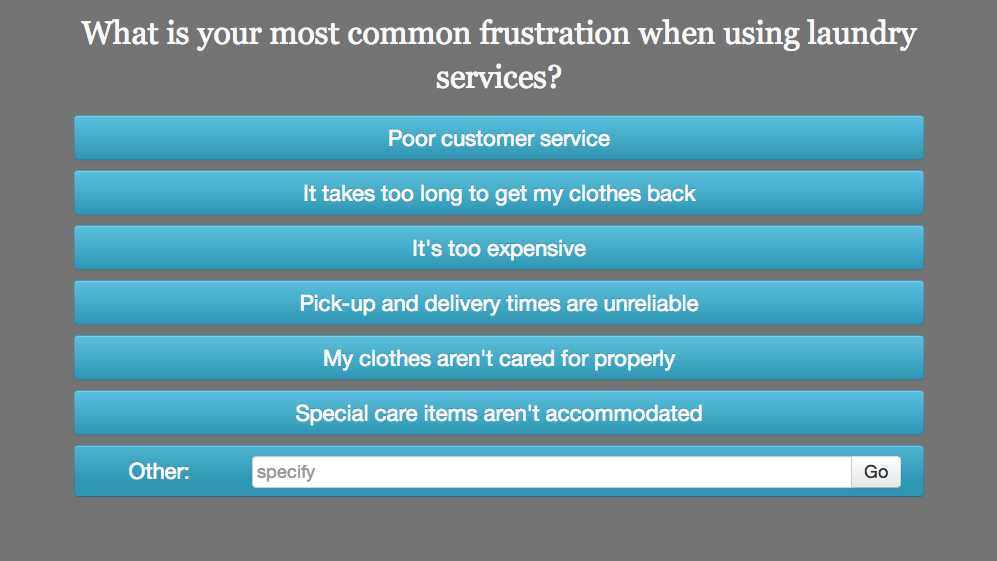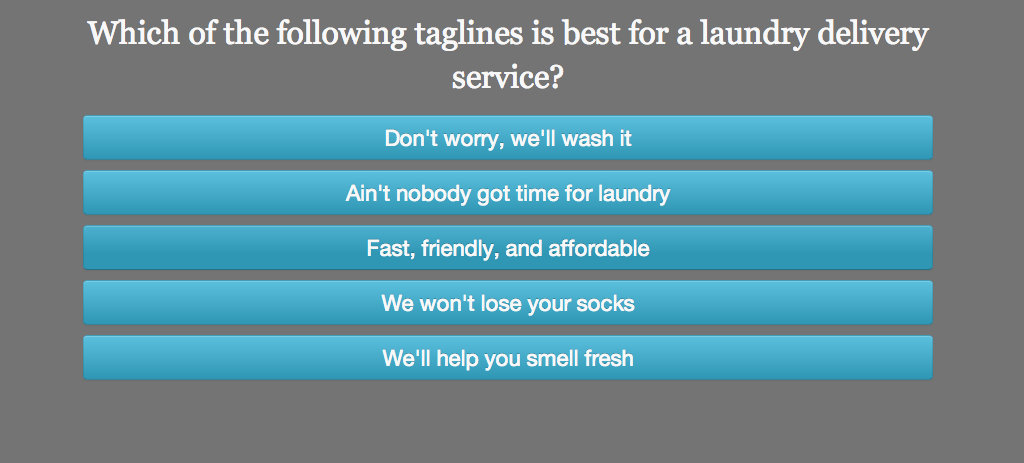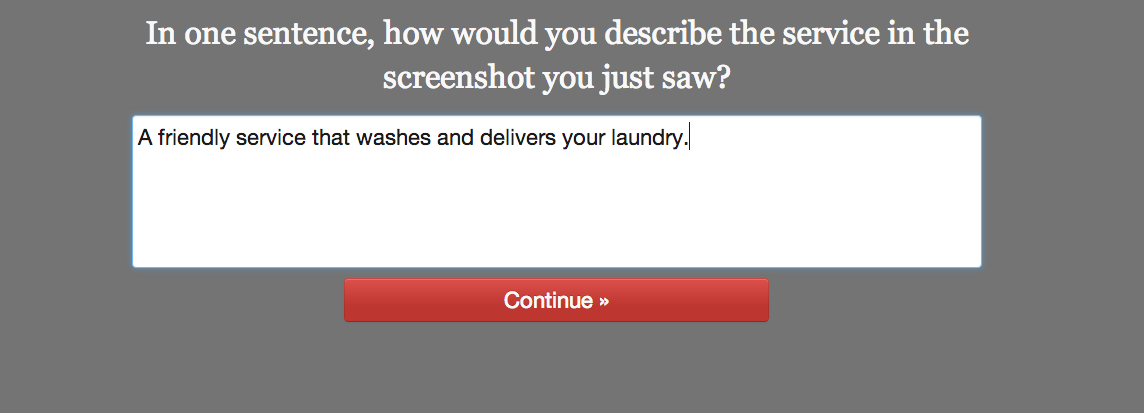Online marketers have a plethora of web tools at their disposal. We at Upwave are happy to see online marketing surveys becoming a more popular one, since they can inform a wide variety of business decisions. Marketers have used our consumer survey service in many clever ways, so we wanted to share some highlights:
Defining your demographic
When developing a product or service, it’s essential to determine your target customer. The demographic sweet spot for your business may differ from your initial hunch or evolve over time, so it’s important to test your assumptions. It’s often helpful to start by surveying the general population about using your product, and follow up by targeting demographic subsets that responded positively. Progressively narrowing in on a demographic prevents you from surveying (or worse, selling to) an uninterested group.
Learning about product expectations
Validating demand for a product description is helpful, but working through the details is important too. Perhaps your new product is missing a critical feature, or you’re focusing on a specific aspect that’s not resonating with consumers. Describe a new business to consumers, and ask them what features and services they would expect it to include.
Finding the gap in your market
While it’s important to find out what your business is doing right, it’s also helpful to know what others are doing wrong. Learning what bothers consumers most about a specific industry is a great way to find a gap for your own product or service to address. There’s no need to guess how your business should be positioned in the market when you can ask consumers what shortcomings they see in existing services.
Testing names, logos, and taglines
Even with a committee or several rounds of edits, companies are capable of devising logos that rub their customers the wrong way. Running a survey to test a logo, label design, slogan, or product confirms your brand makes the intended impression, and communicates the features you need it to. Quickly putting your image in front of hundreds of consumers can prevent expensive adjustments down the road.
Hearing how others describe what you do
It’s one thing to feed marketing phrases to a potential customer, but how can you be sure your message is sinking in? It’s useful to hear your value prop repeated back to you. Put a screenshot of your homepage or marketing material in front of consumers, and have them describe what your service does. It’s the same language they’d use to spread the word about what your service does, so it’s important you hear it first.
Seeing how you stack up against competitors
It’s crucial for brands, especially established ones, to be self-aware. Are you the budget or top-shelf option? Are you youthful or do you have more of a geriatric appeal? Use a “forced ranking” question to have consumers rank you against your competitors on a variety of dimensions and find out.
Ranking aspects of your value prop
Another powerful use of a “forced ranking” question type is to have consumers provide their order of preference for different aspects of your service. Does ease of use matter more than quality of customer service? Every consumer has different opinions, and their aggregate data can help inform how you make business decisions.
Indexing your important numbers
Don’t settle for a snapshot; track your most important numbers over time. Building your own index helps you track the metrics that matter to you. For example, trust in a brand can fluctuate drastically with current events, and your target consumer’s behavior can change over time. Whether they are run monthly, quarterly, or annually, indexes can show how the needle is moving.
Have an idea for something we missed? Post a comment and let us know!
